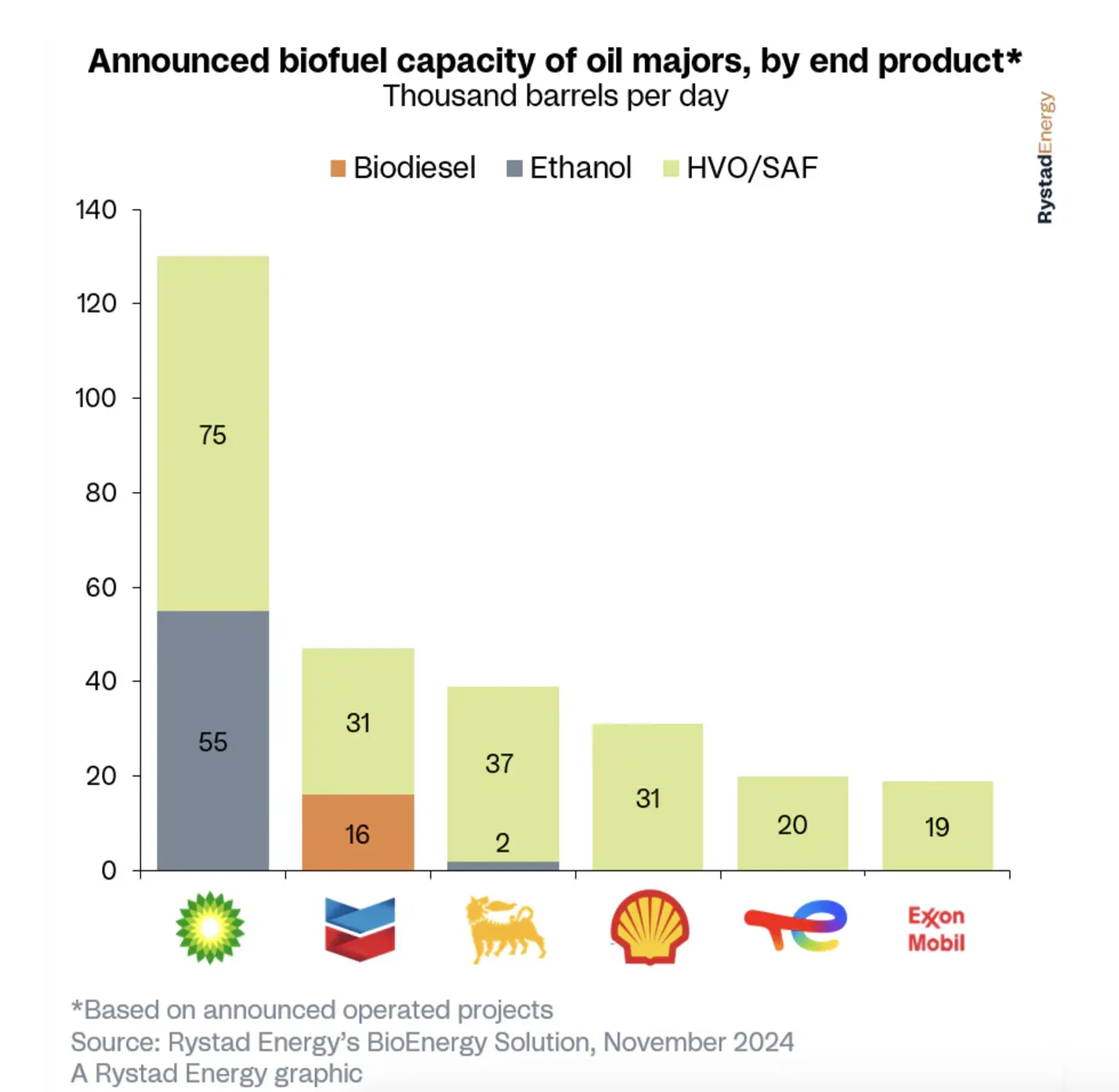
As the summer driving season comes to a close, Growth Energy has updated its analysis of the summer savings enjoyed by consumers who filled their fuel tanks with E15, a lower-cost fuel made with 15 percent ethanol. The update shows that drivers saved an average of 15 cents per gallon compared to standard E10 fuel choices, with savings reaching 40 to 60 cents per gallon in some states. Growth Energy analyzed actual gas prices from Memorial Day to Labor Day 2023, using data from OPIS (Oil Price Information Service). For more information, check out the summary here.
The new savings average is just one cent shy of the 16 cents saved by consumers in the summer of 2022, when gas prices reached all-time highs in the immediate wake of Russia’s invasion of Ukraine. According to AAA, the national average price of unleaded fuel peaked at $5.016 in June 2022. But while global oil prices have retreated somewhat from last year’s records, American drivers continue to pay an average of $3.80 or more – well above historic norms. In part, the continued pressure on drivers stems from production cuts by Russia, Saudi Arabia, and other members of OPEC (Organization of the Petroleum Exporting Countries) designed to manipulate fuel costs.
Fortunately, U.S. drivers have better options at the pump, thanks to abundant and affordable domestic energy generated in the heartland by American farmers and biofuel producers.
For example, compared to E10, higher blends of E15 delivered savings this summer of up to:
- 33 cents per gallon in Minnesota
- 40 cents per gallon in Iowa
- 40 cents per gallon in Wisconsin
- 48 cents per gallon in Illinois
- 40 cents per gallon in Ohio
- 60 cents per gallon in Pennsylvania
Similar discounts were available at more than 3,000 fuel stations across 31 states. If adopted nationwide, research shows that E15 would:
- Save consumers $20.6 billion in annual fuel costs,
- Put an additional $36.3 billion in income into the pockets of American households,
- Support an additional 188,000 jobs, and
- Generate $66.3 billion for the U.S. GDP.
E15 also offers an immediate opportunity to slash carbon emissions from of the transportation sector, while displacing harmful fuel additives, like benzene, toluene, ethylbenzene, and xylene (BTEX) linked to cancer, respiratory illness, and other health risks. In fact, moving to E15 nationwide would reduce CO2 emissions by another 17.62 million tons, the equivalent of taking 3.85 million cars off the road.
That’s why Growth Energy continues to share important data on the benefits of higher ethanol blends with U.S. policymakers. Despite its popularity, E15 remains subject to outdated federal restrictions from June to September 15 each year and has only remained available year-round under a series of temporary measures adopted by the Environmental Protection Agency (EPA). To deliver long-term certainty, Growth Energy and its allies are calling for a permanent, nationwide fix.







